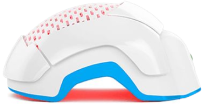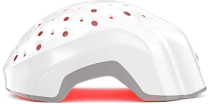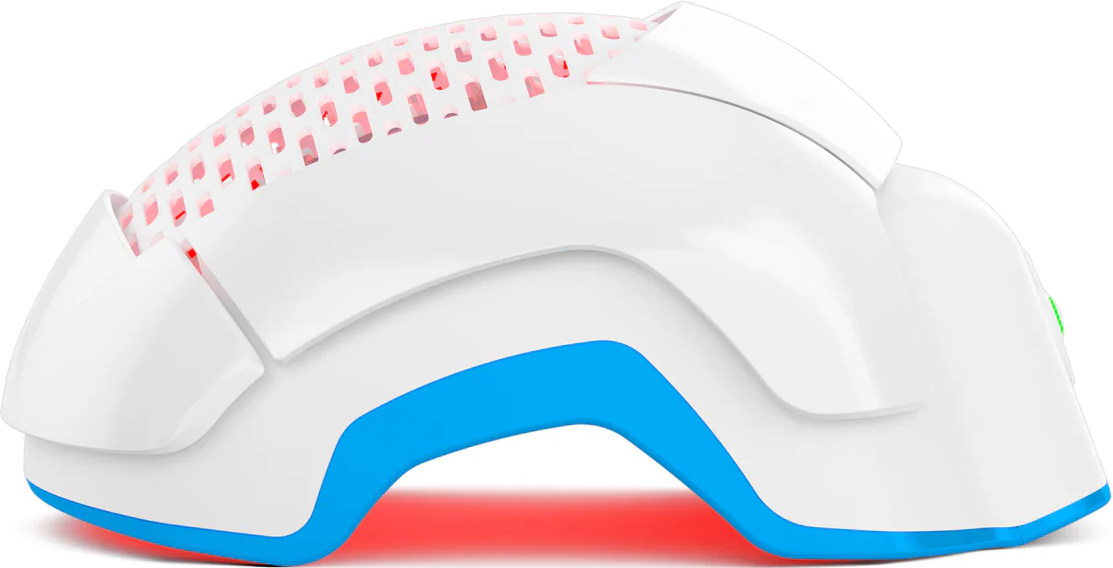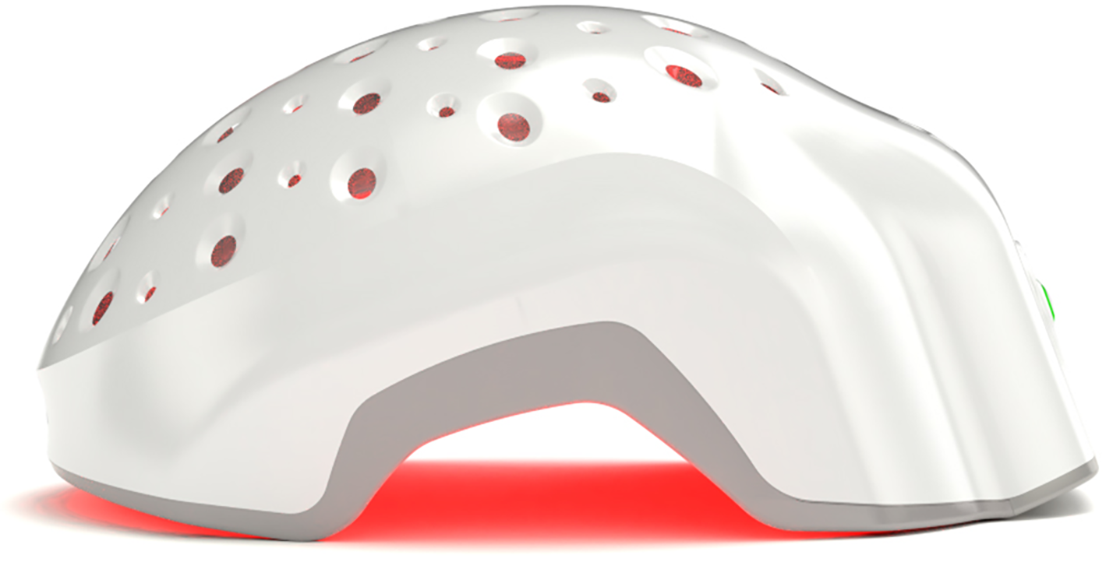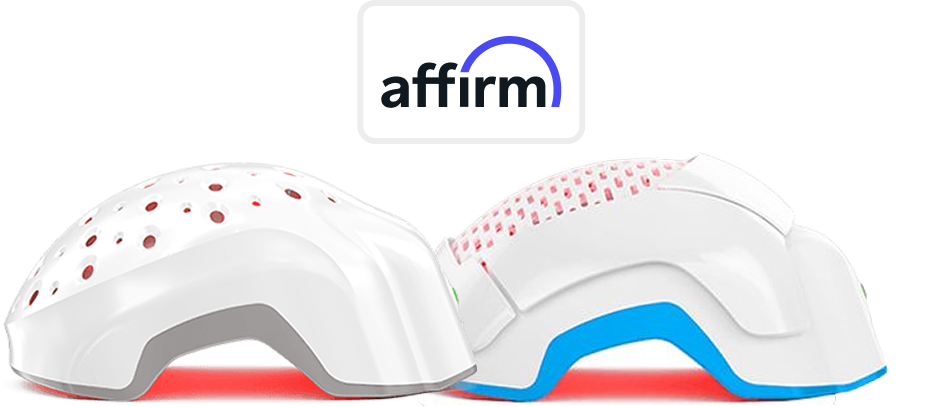Hats have long been a staple in fashion and function, whether you’re shielding your face from the sun, adding a stylish touch to your outfit, or simply covering up a bad hair day. But there's a lingering concern that keeps popping up: does wearing a hat cause hair loss?
It’s a question that has sparked countless debates and a fair share of myths over the years.
The idea that hats might be silently sabotaging your scalp can raise more than just eyebrows. After all, no one wants to think that their favorite accessory could be thinning out their hair. But before you start blaming your beloved baseball cap for every strand in the sink, let’s dig into the facts and separate the fiction from the follicles.
So, does wearing a hat really cause hair loss?
The truth is, there’s a lot more to this story than meets the eye. Let’s get to the root of whether your hat habit is harming your hair or if it’s all just hot air.
What Really Happens on Your Scalp?
While you might blame your hat for those stray hairs on your pillow, the real culprits of hair loss are lurking beneath the surface, hidden within your genes and biology.
So, what’s really happening up there? Let’s talk genetics first.
Genetical Hair Loss
If hair thinning or hair loss runs in your family, you’ve got a higher chance of seeing your hairline retreating like it’s dodging a bad haircut. This hereditary condition, known as androgenetic alopecia, affects both men and women and is the most common form of hair loss. Your DNA essentially holds the blueprint for how your hair will behave, and for many, that blueprint includes a predisposition to thinning hair as you age.
Hair Loss Due to Hormones
Dihydrotestosterone (DHT) is a hormone derived from testosterone, and while it plays a role in the development of male characteristics, it’s also notorious for its role in hair loss. This so-called 'hair assassin' doesn’t discriminate by gender, it’s found in women too, though typically in lower amounts. In both men and women, DHT binds to hair follicles and shrinks them, making it harder for healthy hair to survive. Over time, this can lead to the follicles producing thinner, shorter hairs or no hair at all.
Medical Conditions Affecting Hair
But that’s not all. Medical conditions like thyroid disorders, autoimmune diseases, and even severe stress can throw your hair’s growth cycle out of whack, leading to increased shedding and hair loss. These conditions require medical attention and often more than just a change in your headwear routine.
Can Wearing a Hat Really Make You Bald?

So, is there any truth that wearing hats or caps causes thinning hair or makes you bald?
No, wearing a hat doesn't cause hair loss on its own. It's just a myth. However, tight or dirty hats may lead to minor issues like scalp irritation or hair breakage, but they aren't the primary factors for thinning hair or baldness.
The origins of this myth likely stem from the idea that anything constricting the scalp might suffocate the hair follicles, leading to hat-induced baldness. But let’s get one thing straight—your hair follicles are far more resilient than that. Wearing a hat doesn’t block the follicles from receiving oxygen; they get their supply from blood flow, not the air. So, unless you’re wrapping your head in a plastic bag (don’t do that!), your follicles are safe.
Scientific evidence and expert opinions consistently debunk the idea that hats cause hair loss. The real culprits behind hair loss are genetics, hormonal changes, and sometimes stress—not your favorite baseball cap. In fact, dermatologists assure us that wearing a hat can protect sunburned scalp, which can lead to hair loss.
So, if you’re experiencing hair loss, it’s time to look at factors like genetics, stress, or even hormonal changes. Your hat collection isn’t to blame.
However, let’s address the one grain of truth: a too-tight hat or a dirty hat might affect your hair health.
How Wearing A Hat Affects Your Hair?
While wearing hats don't directly cause hair loss, there are a few exceptions where your choice of headwear could have a minor impact on your hair health:
1. Wearing Tight-Fitting Hats
Wearing a hat that’s too tight might cause temporary discomfort or irritation, possibly leading to traction alopecia. This condition, caused by prolonged tension on the hair, can lead to hair thinning or even loss in areas where the hat grips the scalp. It isn’t about the hat itself causing hair loss but rather about repeated tension and pulling on the hair.
The good news is this is more likely to happen if you pair a tight hat with tight hairstyles, like braids or ponytails, rather than from the hat alone. So, loosen up a bit—it’s not just about comfort, but your hair’s long-term health too.
2. Not Maintaining Hat Hygiene
Here’s another hat-related issue that can indirectly affect your hair and cause hair loss: scalp hygiene. Wearing a hat for extended periods, especially if it’s dirty, can lead to scalp issues like folliculitis. This condition involves inflammation of the hair follicles, often triggered by bacteria trapped between your hat and scalp. However, folliculitis isn’t the same as hair loss. While it can cause temporary discomfort and minor hair shedding, it’s not a direct path to baldness.
But that’s not all. Hats are also responsible for causing dandruff. Hats can keep your scalp warm and cozy, which might sound harmless, but it’s a double-edged sword. A warm scalp creates a breeding ground for Malassezia furfur, a yeast that can exacerbate dandruff. If dandruff isn’t managed well, it can lead to scalp inflammation, itching, and eventually, hair loss. Regularly cleaning your hats and giving your scalp a breather now and then can easily prevent these issues from escalating.
How to Protect Your Hair and Scalp While Wearing Hats
Wearing hats doesn’t mean you have to sacrifice your hair’s health. In fact, with the right care, your scalp and hair can remain in top shape even under the most stylish of headgear. Here are some tips to keep your hairline from waving the white flag.
1. Choose Hats Wisely
Not all hats are the same, especially when it comes to your hair and scalp. Opt for hats that aren't too tight and fit properly, as tight-fitting hats can cause a lack of airflow and unnecessary tension on your hair follicles, potentially leading to a receding hairline. Look for hats made from breathable fabrics like cotton or wool that allow air to circulate, reducing the risk of sweat and oil buildup, which can lead to scalp irritation and possibly trigger hair shedding.
Also Read: Does Sweat Make Your Hair Grow?
2. Keep It Clean
Wearing the same hat day in and day out without washing it? That’s a recipe for bacteria and sweat buildup, disrupting sebum production. Make it a habit to wash your hats regularly. This simple act can prevent clogged hair follicles and skin irritation, which are often mistakenly blamed when people ask, “Can wearing a hat make you bald?”
The answer: Only if you’re letting bacteria and grime do the dirty work.
3. Maintain a Healthy Hair Routine
No matter how often you wear a hat, nothing beats a solid hair care routine. Regular washing and conditioning keep your scalp clean and your hair nourished. Throw in a balanced diet rich in vitamins and minerals to support hair health from the inside out. When your scalp is healthy, it’s less likely to suffer from issues like hair shedding, even if you’re a daily hat wearer.
4. Give Your Scalp a Break
If you’re noticing more hair in your comb than usual, give your scalp some time to breathe. Continuous pressure or friction from hats, particularly if they’re worn tightly, can contribute to hair stress. Take off your hat when possible, and if you can, opt for looser, more breathable alternatives to give your scalp a bit of a breather.
By following these tips, you’ll keep your hair and scalp in the best possible condition, no matter how many hats you rotate through your wardrobe. And remember, hats don’t cause hair loss—but poor scalp care might.
Can Other Head Coverings Cause Hair Loss?
Yes, head coverings other than hats and caps can cause tight pulling of hair for long periods, leading to traction alopecia. Anyone frequently wearing headgear that causes tension on the scalp is at risk.
You might be more likely to develop traction alopecia if you:
- Wear religious head coverings like a turban, hijab, or sheitel
- Use hairpins or clips to keep coverings like kippahs or nurses’ caps in place
- Regularly wear a helmet, hard hat, headscarf, or other tight-fitting work headgear
The good news? If you catch traction alopecia early and remove the source of tension, hair regrowth is possible. For example, switching to a softer fabric hijab or changing how you secure your covering can reduce stress on your hair and scalp.
Try Theradome If Your Hat is Causing Hair Loss
If you're noticing hair loss from wearing a hat, it might be time to try Theradome, the best hair loss treatment. Theradome is a laser hair growth helmet that uses light therapy to stimulate your hair follicles, helping them grow thicker and stronger over time. The device is easy to use at home and is designed to be safe and comfortable. By using Theradome regularly, you can improve your hair’s health and potentially reverse some of the damage caused by wearing a hat. It's a simple and non-invasive way to support your hair growth.
Conclusion
Wearing a hat does not directly cause hair loss, but it can lead to issues if not managed properly. Genetics, hormones, and scalp hygiene play a much larger role in hair health. While tight hats can cause temporary problems like traction alopecia, choosing the right fit and keeping your hats clean can help prevent any negative effects. If you notice hair loss, consider using devices like Theradome to support hair growth and improve your scalp health. With the right care, you can enjoy your favorite hats without worrying about your hair.


